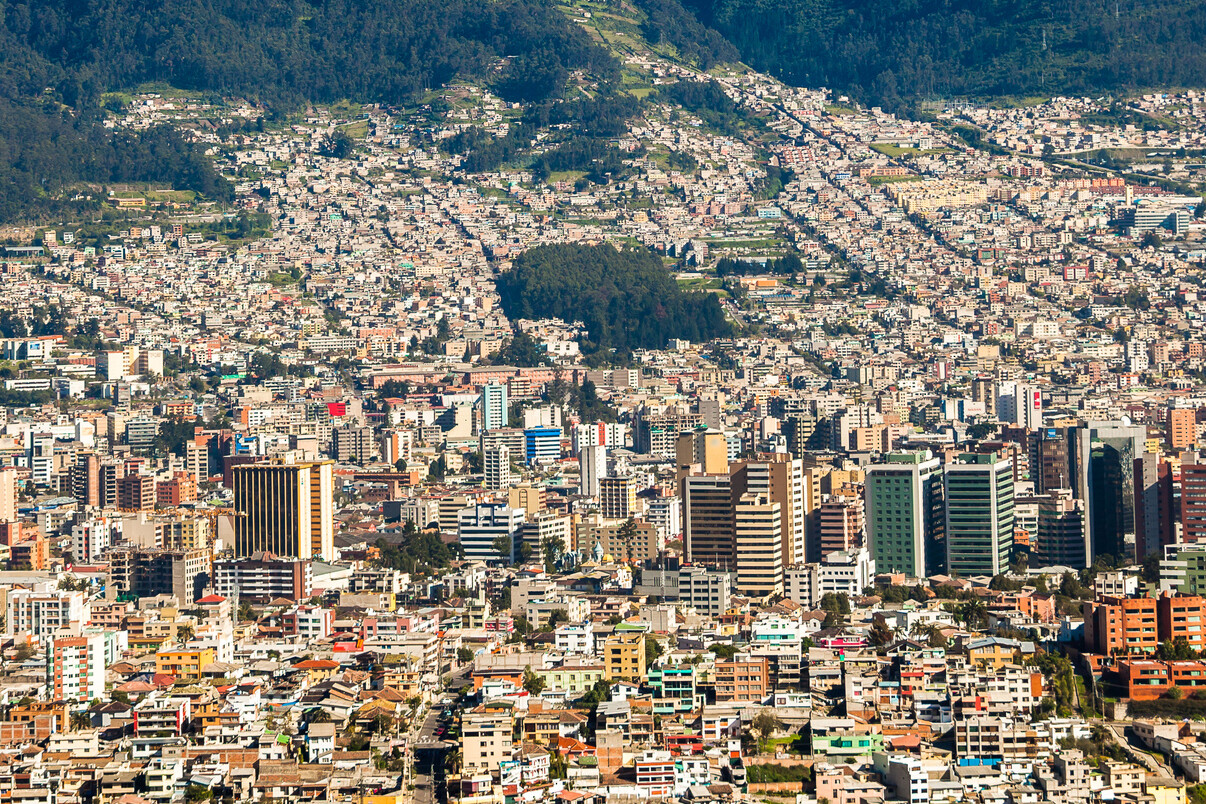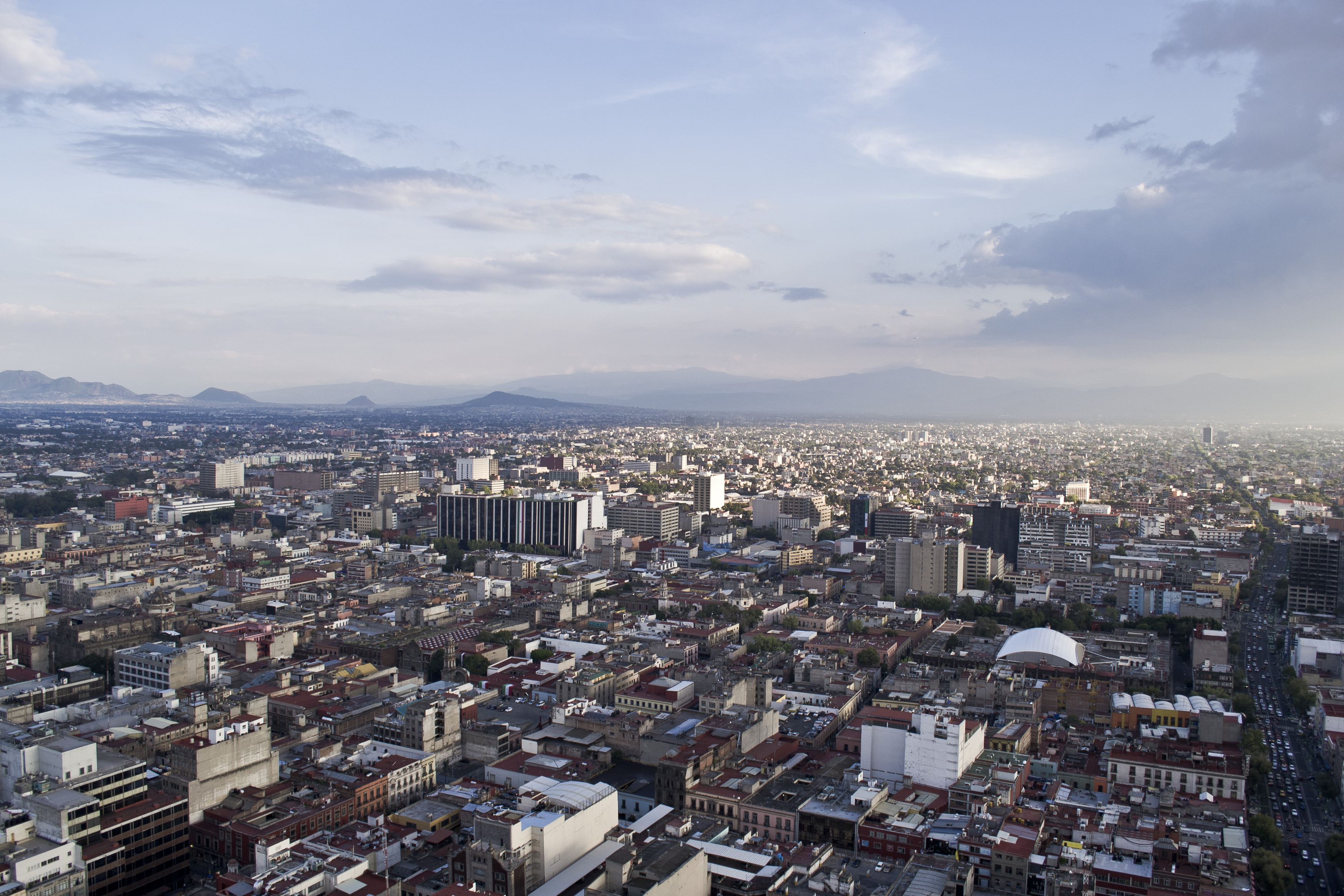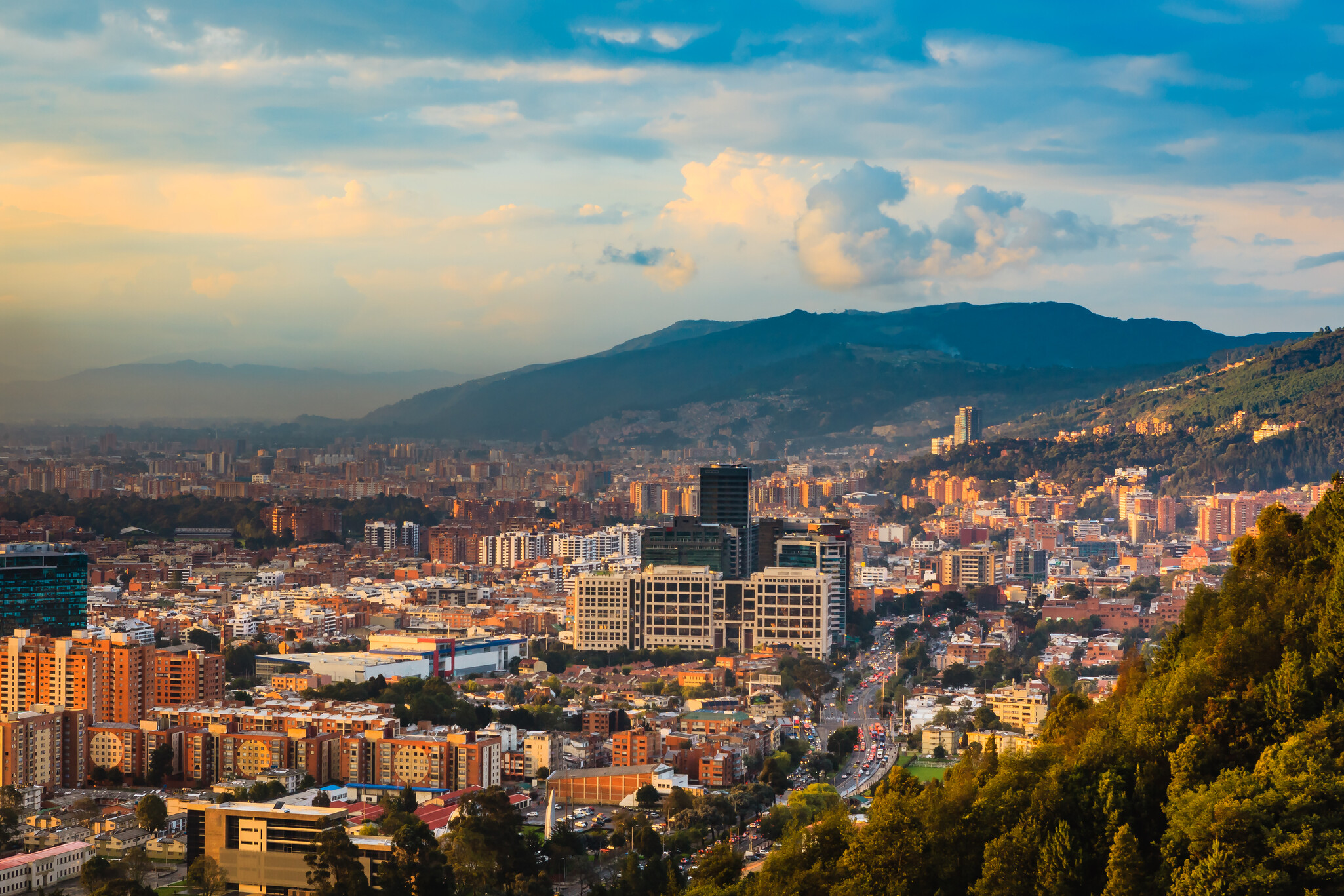Forced resignation of IRTP boss puts spotlight on the independence of Peru’s national broadcaster
El Instituto Nacional de Radio y Televisión del Perú (IRTP) is Peru’s de-facto public media system. Founded in 1974, IRTP currently falls under the Ministry of Culture although officially, it has legal, economic and administrative autonomy.
Journalist Hugo Coya, who was president of IRTP, was asked to resign on December 4.
Fracesco Petrozzi, then Minister of Culture, gave the impression that it was a move that was “coordinated and agreed upon” saying that the station needed “fresh leadership”.
However, Coya expressed that his resignation was “untimely” via his Twitter account and in an interview from Spain, said that “Two officials poisoned the President” who signed off on his resignation letter.
The widely held belief is that Coya allowed the opposition too much airtime and that the “vast journalistic coverage” of ex-president Fujimora’s prison exit served as the proverbial straw that broke the government’s back.
Journalist Eduardo Guzmán has now been appointed by President Martín Vizcarra to helm IRTP.
Four days after the Coya’s dismissal, Petrozzi resigned from his post as Minister of Culture due to significant backlash, with Coya’s departure raising serious questions about “plurality, transparency and objectivity” in the media.
Peru ranks 85 in the RSF World Press Freedom Index, up three points from its 2018 ranking of 88. Amidst “harsh reprisals” for coverage of social issues or investigative reports exploring drug trafficking or corruption, the country’s defamation laws are the worst threat to the media. Journalists feel the chill of potential prosecution, especially in an environment where the president of IRTP can be asked to resign for promoting plurality.
State or public media?
IRTP was created to “disseminate educational, informational, cultural and entertainment content at national level” and originally received a budget from the Ministry of Education. It is now attached to the Presidency of the Council of Ministers.”
Even though many public media organisations source their funding via the state, they do so through an assortment of regulatory protections, such as an independent regulator or policies that help to ensure their independence, limiting state interference. Coya’s resignation, however, has raised serious concerns about IRTP’s autonomy and ability to hold power to account.
Read More: How does PSM stand apart?
But according to Freedom House, “There is no independent media regulator in Peru” and “under the 2004 Radio and Television Law, broadcast licensing is the responsibility of the Ministry of Transport and Communications.”
The situation in Peru is troubling, especially considering the lack of effective and consolidated public media across the continent. In Colombia, for example, even though the de facto public broadcaster, National Radio and Television of Colombia (RTVC), claims that they reach over 92% of the Colombian public, the high concentration of media ownership compromises plurality and by extension, democracy. This is also an issue in Peru, with conglomerate Grupo El Comercio controlling most national print titles and a major national TV network.
Currently IRTP is seen as an “entity responsible for the dissemination of various activities of the Powers of the State and for civil society, as a whole, which contribute to the execution of government policy and program”. If Peru is to claim that it has a fully mandated and accountable public broadcaster, then greater steps need to be taken to ensure IRTP’s independence.
Header Image: Central Lima, Peru. Credit: Andrew Campbell/Creative Commons


